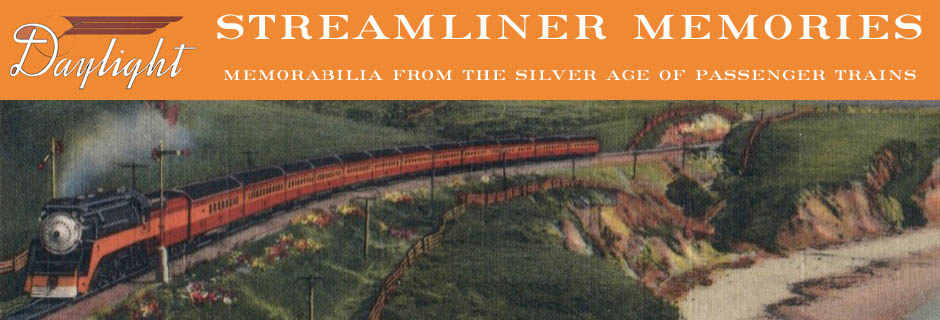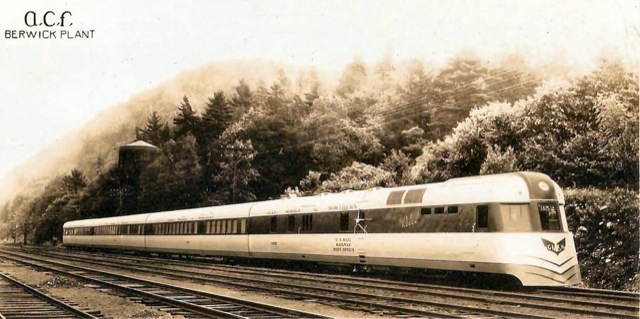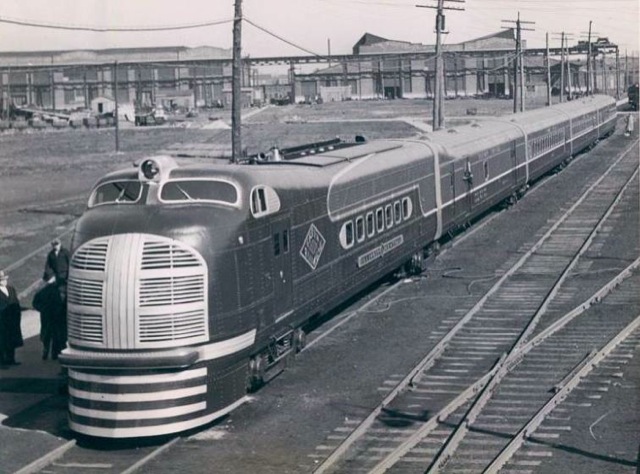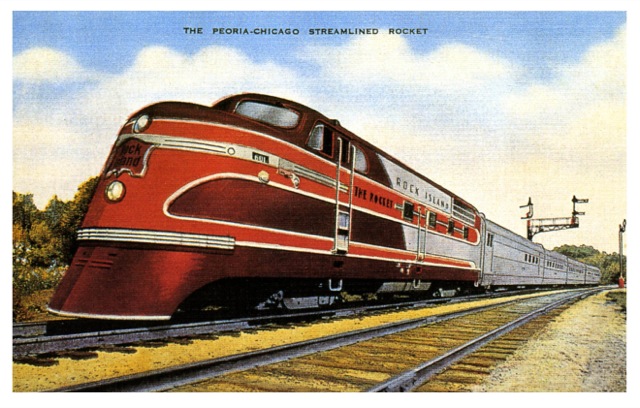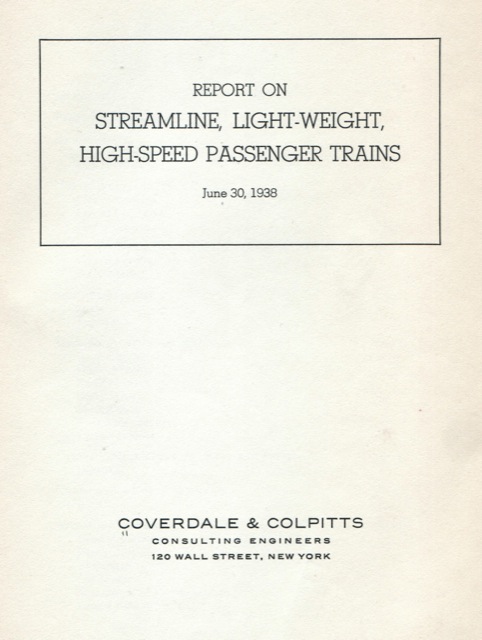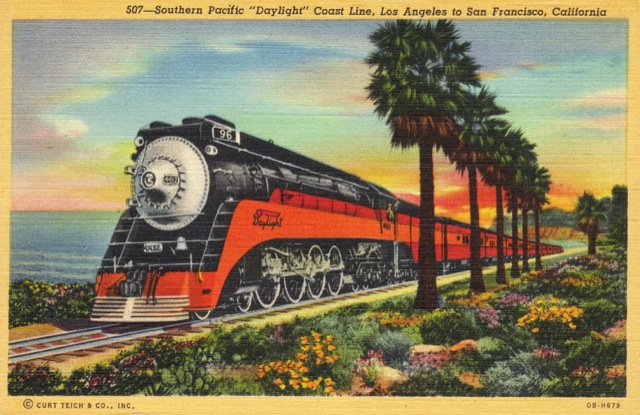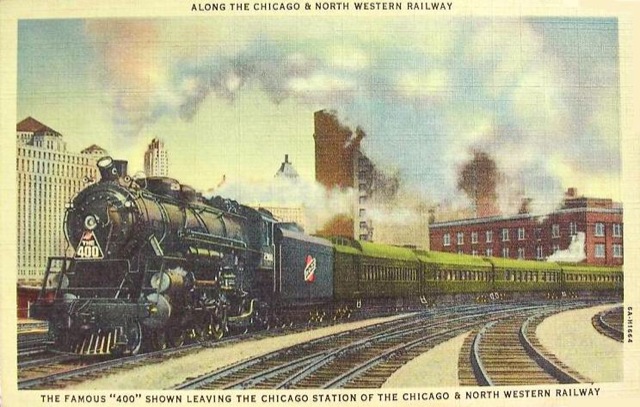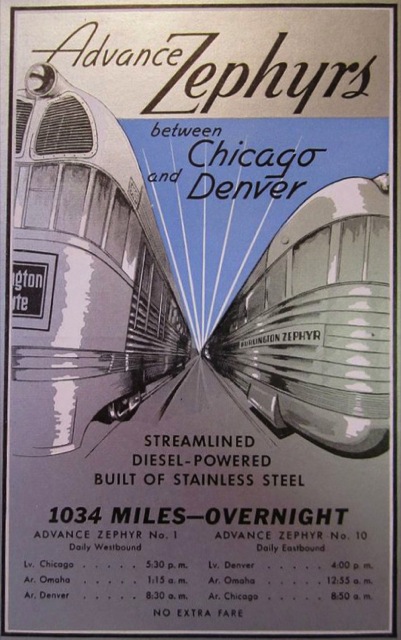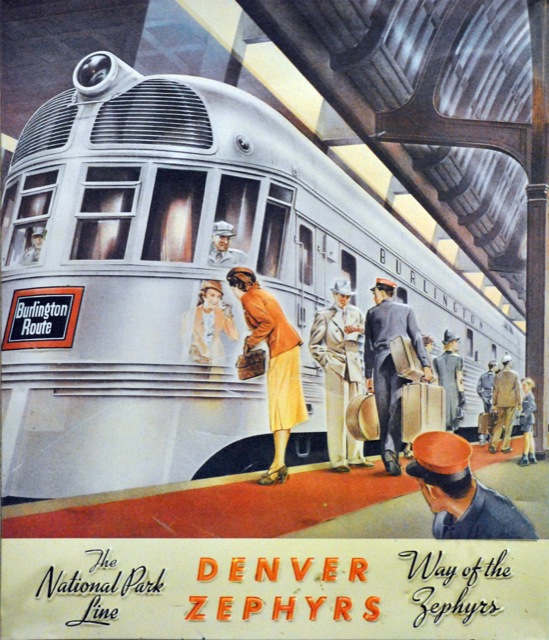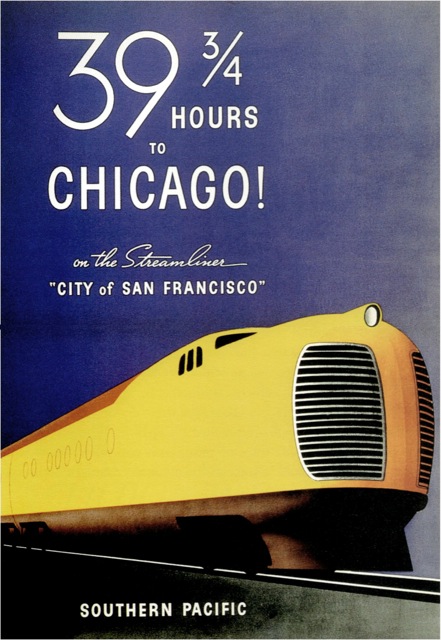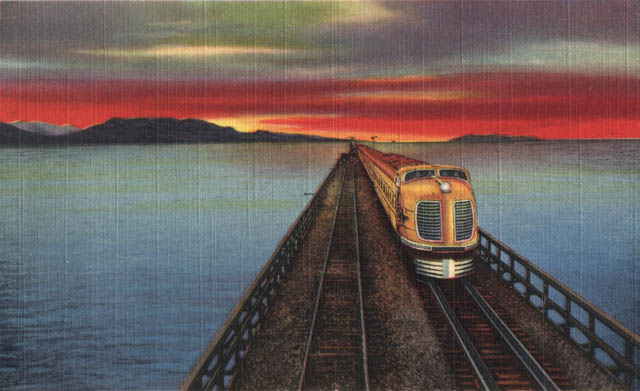In hindsight, Budd-built stainless steel cars hauled by General Motors Diesel engines–such as the Burlington Zephyrs or Santa Fe Super Chief–seem to be the epitome of streamlined trains. But in the mid-1930s, Budd and General Motors were both upstarts in the railroad world. Few “real” railroaders believed that Diesels could ever do more than work as switch engines or move tiny trains of the Zephyr-variety.
At that time, the “General Motors of rail locomotives” was the American Locomotive Company, or Alco. Like General Motors, Alco was a merger of several different locomotive manufacturers–eight, in fact–in 1901. While Baldwin (which, arguably, was the Ford of locomotive manufacturers) was a stiff competitor, few would bet against the quality and quantity of Alco steam locomotives.
So when Alco teamed up with Pullman rival American Car and Foundry (ACF) to build streamlined passenger trains, many in the rail industry might assume that the trains produced by this partnership would easily dominate over those new-fangled Budd-built trains. Yet the only major trains to result from this partnership were the Rebels, several trainsets owned by the relatively minor Gulf, Mobile & Northern Railroad.
